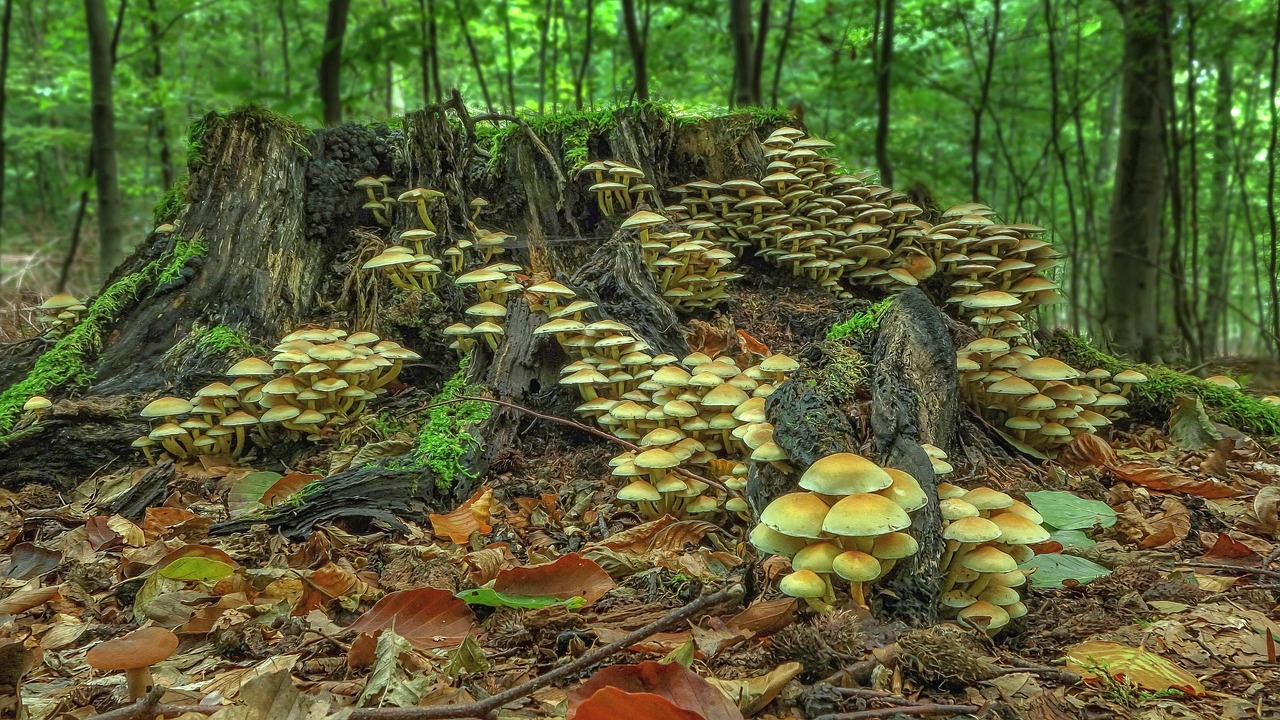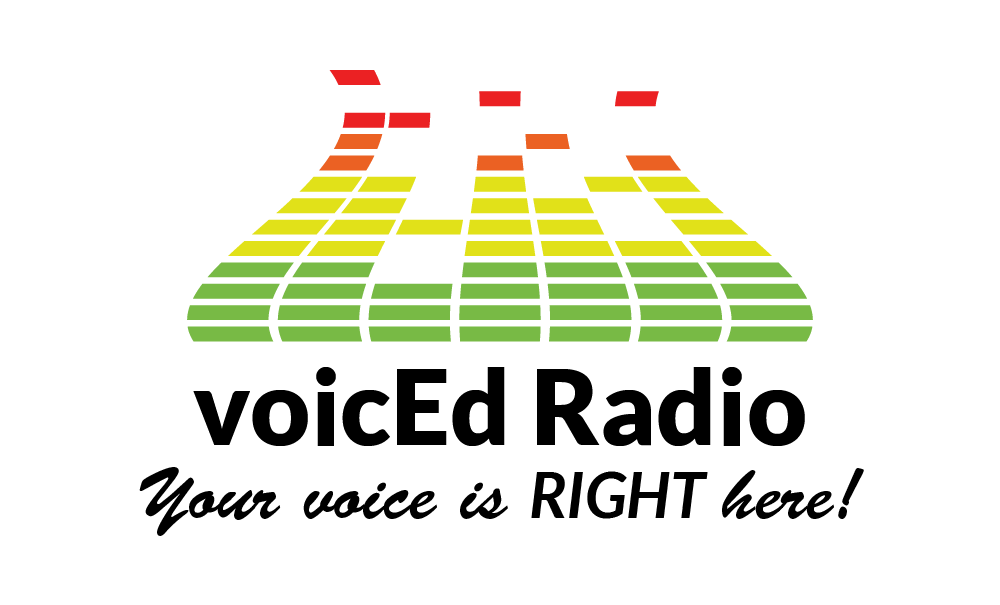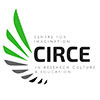Mark Fettes, Director of the Centre for Imagination in Research, Culture and Education
Note: This blog is an extension of Episode 6 of the Cultivating Imagination podcast.
For twenty years, as a faculty member in Education at Simon Fraser University, I ran fairly large scale, community-based research projects with schools and school districts around British Columbia, Canada’s westernmost province. The school system can be hospitable to innovation if you put a lot of energy into it, and ideally, energy with some money attached, as I could do in the context of these research projects. Always I could find teachers who were open and interested in doing things differently in their classrooms, and surprising and wonderful things emerged in the course of the research.
However, my hopes that such work might catalyze a wider shift in the schools and school districts that I was working with were largely disappointed. I experienced what many other people have observed: over time, once the pressure lets up, as it were—once the research project has come to an end, the funding has dried up, the people who were most involved have moved on or retired—the system tends to shift back towards more or less what it was before.
Can schooling be different?
This seems to me, in large part, a problem of imagination. Where schools are concerned, we’re dealing with a system that (almost) everyone has experienced, and that experience has shaped our capacity to imagine what school is like. In a sense, we don’t really believe that schools can look different from how they are. This is the case both for the people who work in schools and for most parents, who by and large want to be reassured that their children will receive the same kind of education they did—something recognizable, “tried and true,” even if their own experiences of school were not especially positive.
My explorations of school change were motivated by a conviction that this standard model of schooling is actually doing a great deal of harm—steamrolling over local cultures and languages, disconnecting children from nature, cultivating passivity and dependency, and instilling a lifelong aversion to “book learning”. To a considerable extent, the current crises our societies are facing were made possible, or even inevitable, by the way we’ve been educating our younger generations for the last hundred years and more.

The work I did with teachers focused on changing how they imagined the curriculum—and, to my surprise, this led to changes in how they saw their students as well. Drawing on Kieran Egan’s ideas about Mythic and Romantic understanding and my own interest in place-based and Indigenous education, we looked for ways that familiar topics in math, science, social studies, language arts, could be made strange and wonderful and full of possibility. As students started to contribute their own ideas and experiences to these shared explorations, the teachers started to see unsuspected depths and capacities in children who were usually disengaged. This perhaps made more difference than anything else to what could happen in these classrooms.
The challenge of transformative design
What if we could come to see schooling as strange and wonderful and full of possibility? This is a different scale of challenge, involving a much wider range of people than teachers and students, or even educators in a broader sense. In work carried out with my colleagues Sean Blenkinsop and Lindsey Cole, I came to see that the fields of systemic and transition design have a lot to teach us about educational change—how it might be accomplished, and how it is related to the general problem of eco-social-cultural change. There are many aspects to this, but one useful insight is the principle of avoiding early closure in the design process, particularly when one is aiming to engage a great diversity of people as co-designers. That is to say, don’t latch onto the first ideas and solutions that are offered—because for one thing, those will tend to come from the loudest and most forceful and most powerful voices who are used to having their ideas received favorably and acted on, and for another, these early ideas may be more conventional and easy to accept but less effective in bringing about fundamental change. Instead you try and keep things open so that the quieter voices, the marginalized voices, the unexpected voices, can also have a say, and are taken seriously and responded to and thought over.
What if we could come to see schooling as strange and wonderful and full of possibility?
Obviously, this is not a quick process. Nonetheless, it’s a process that I think offers a lot of possibilities. Essentially, it’s asking people to imagine what an education system might look like that would really respond to their values, their needs, and their sense of the future that they want for their community and their family, their children, their grandchildren and so on. This seems to me a question that is hardly ever posed. Even the fields of systemic and transition design have yet to integrate it in their approaches to social innovation. But the time we are living in calls for such radical reimaginings.
Hear more from our leaders in the Cultivating Imagination podcast series.


